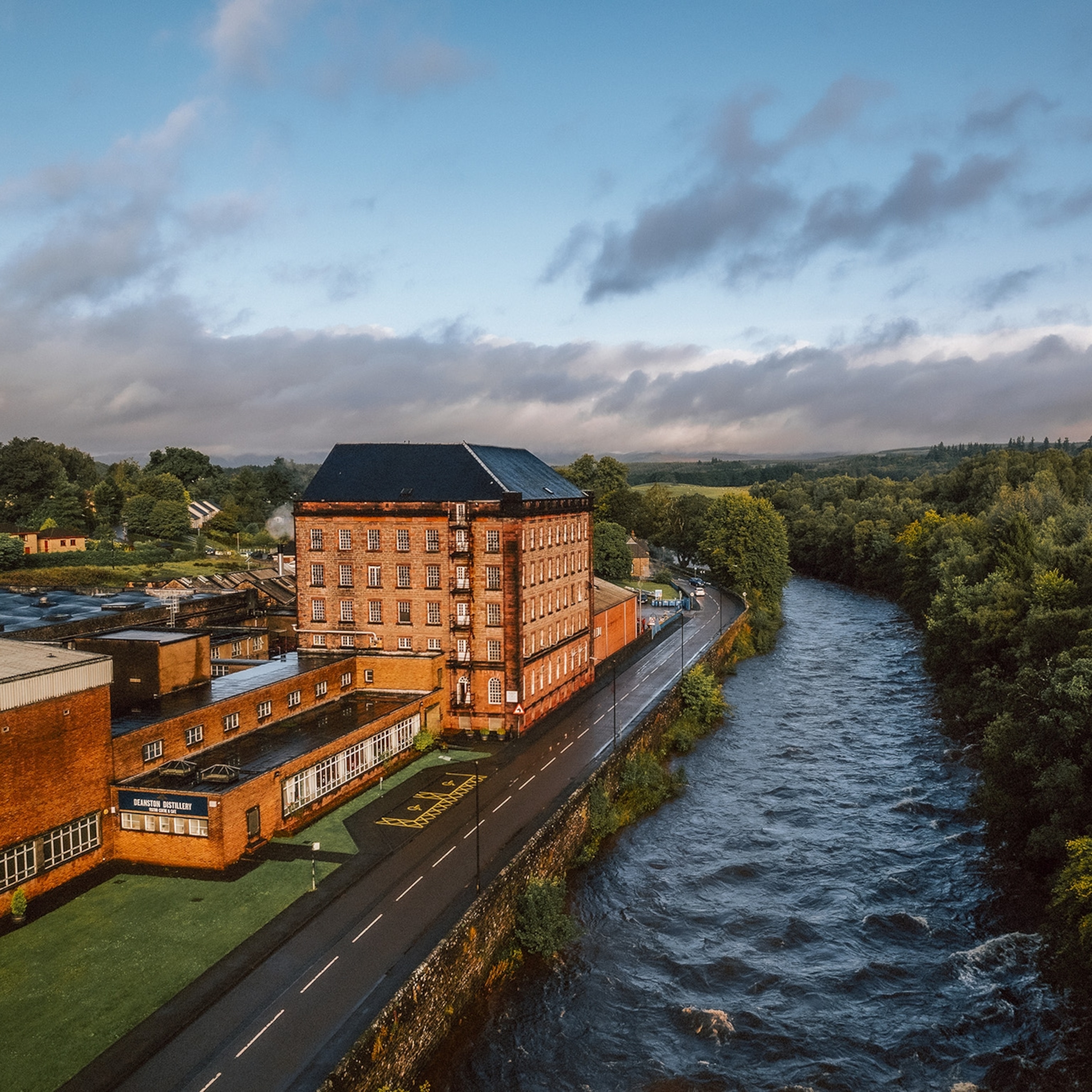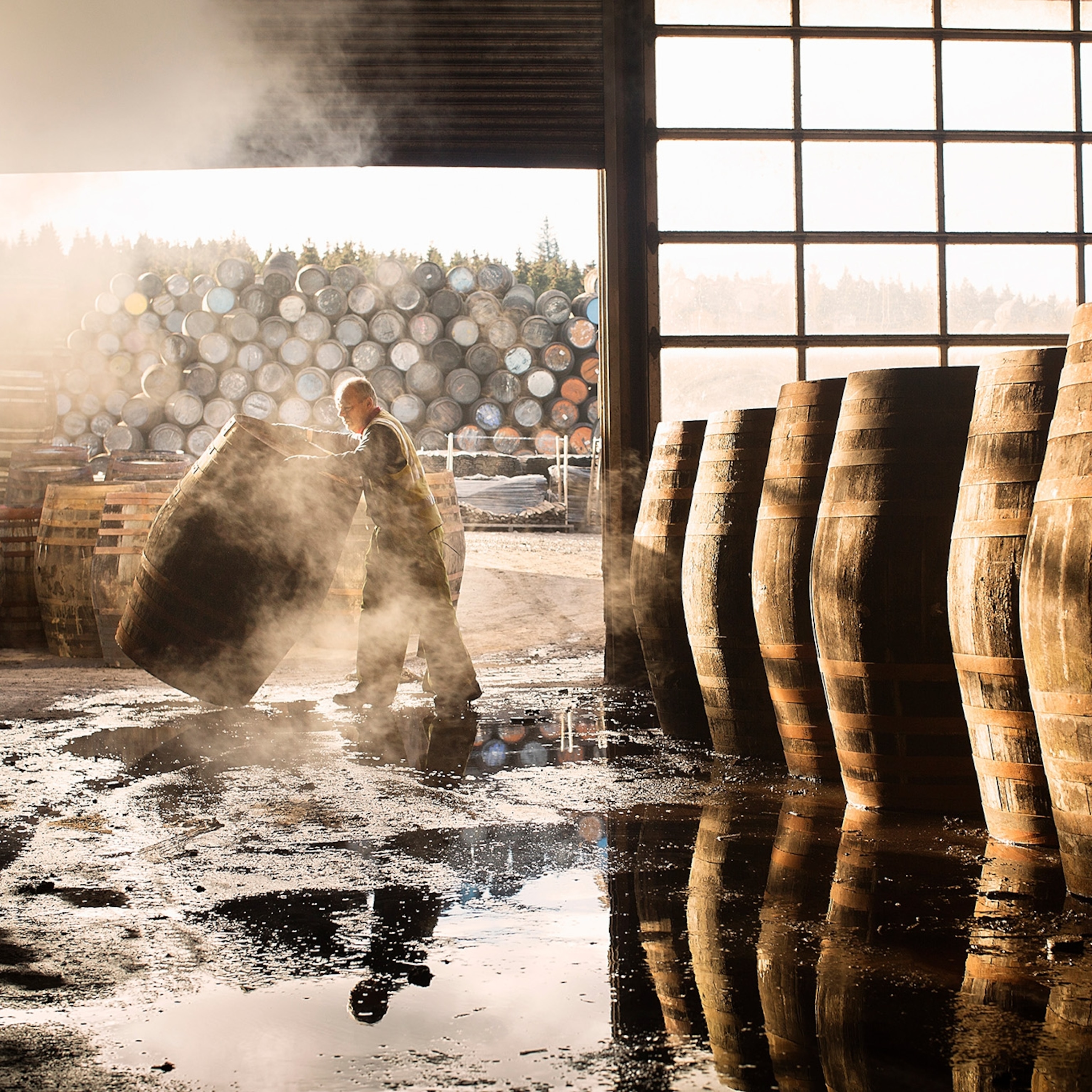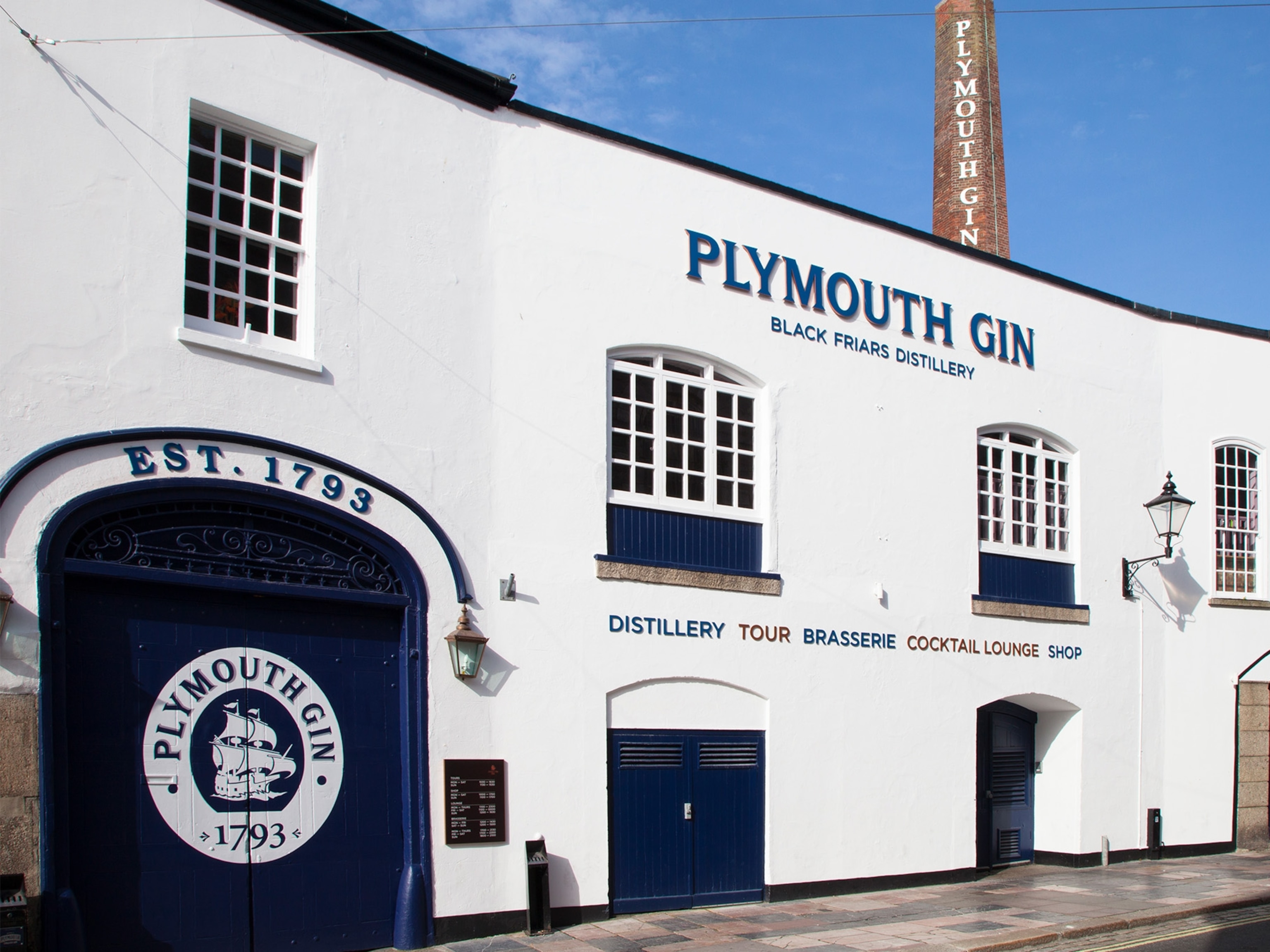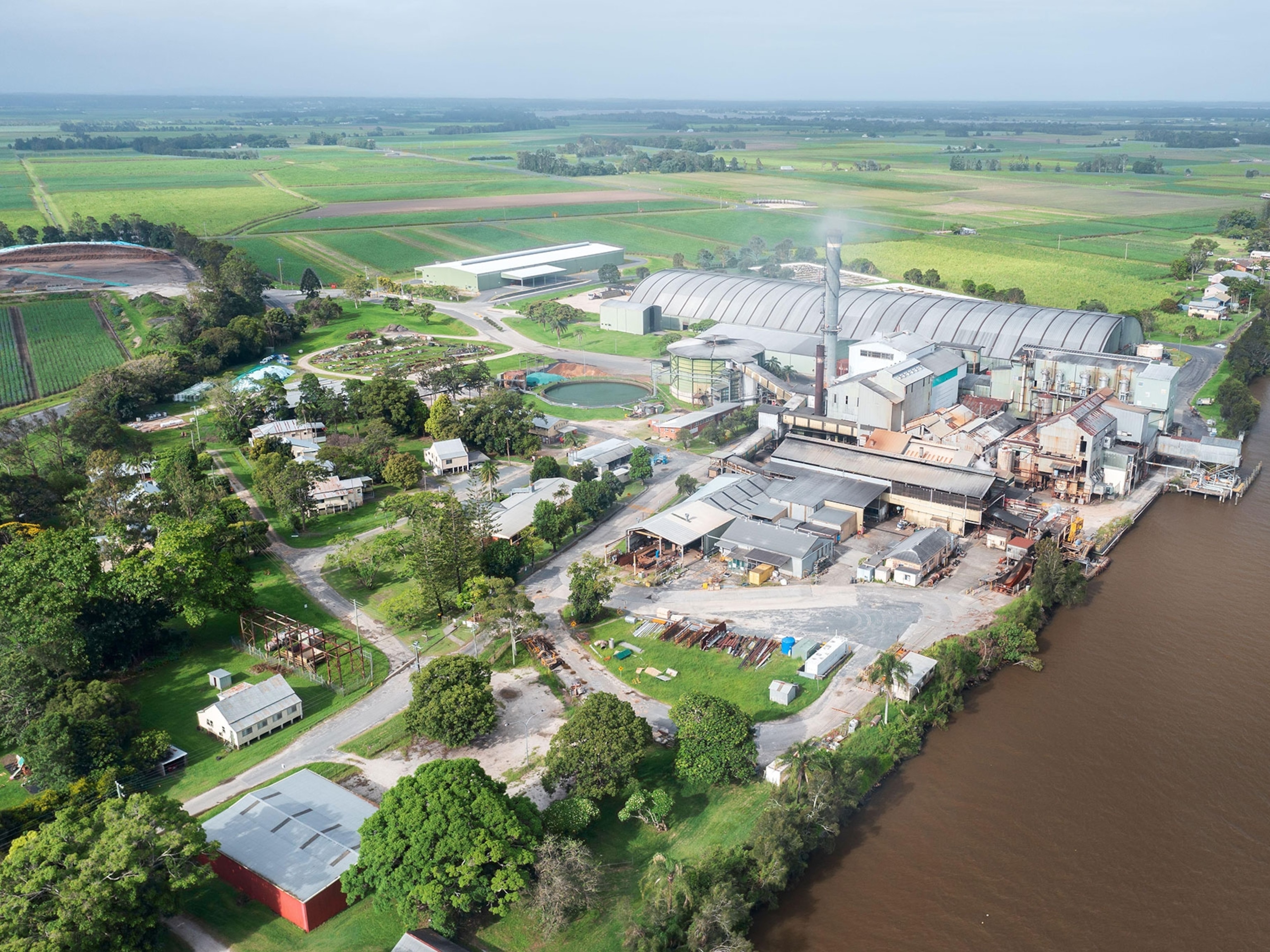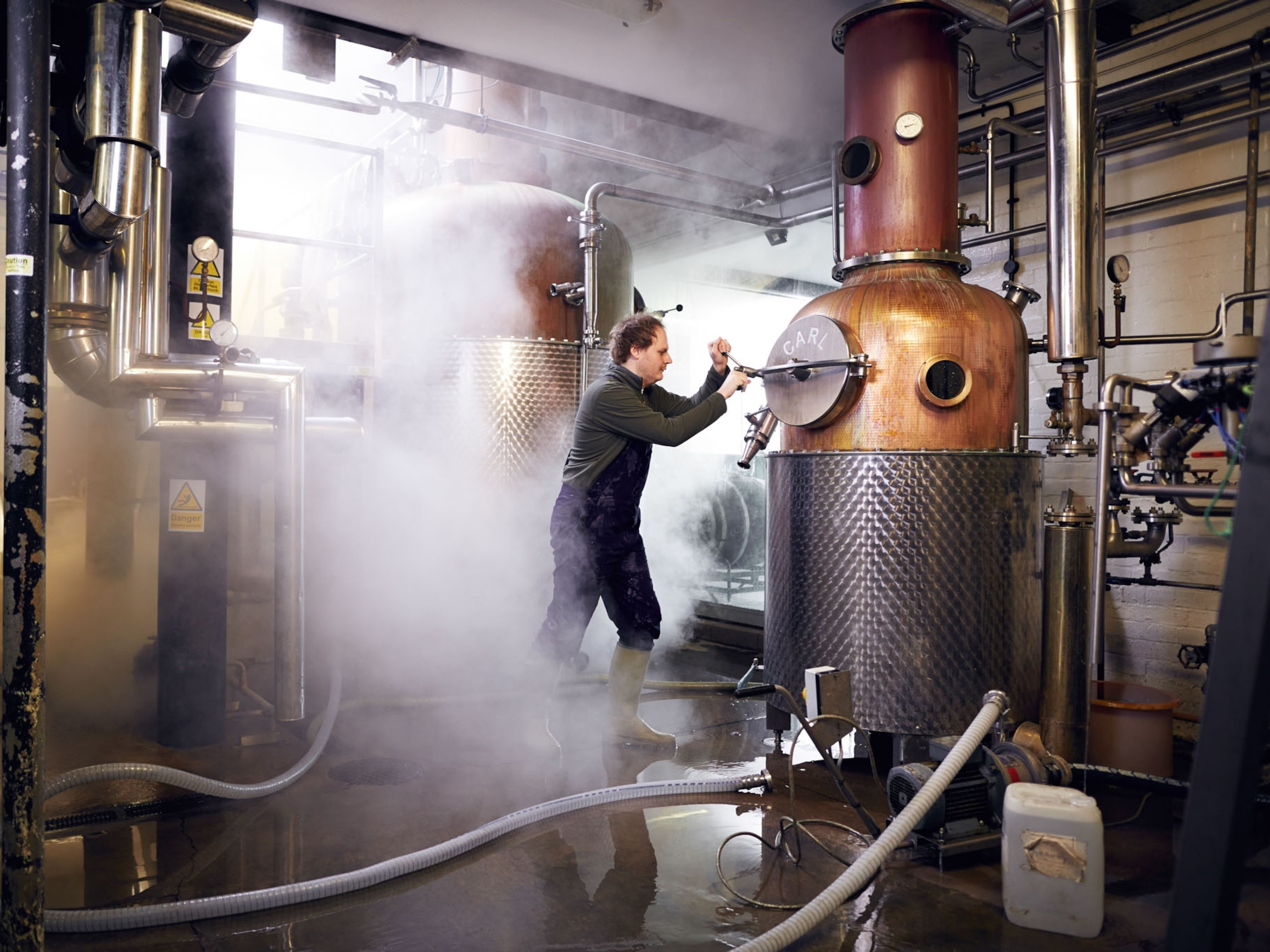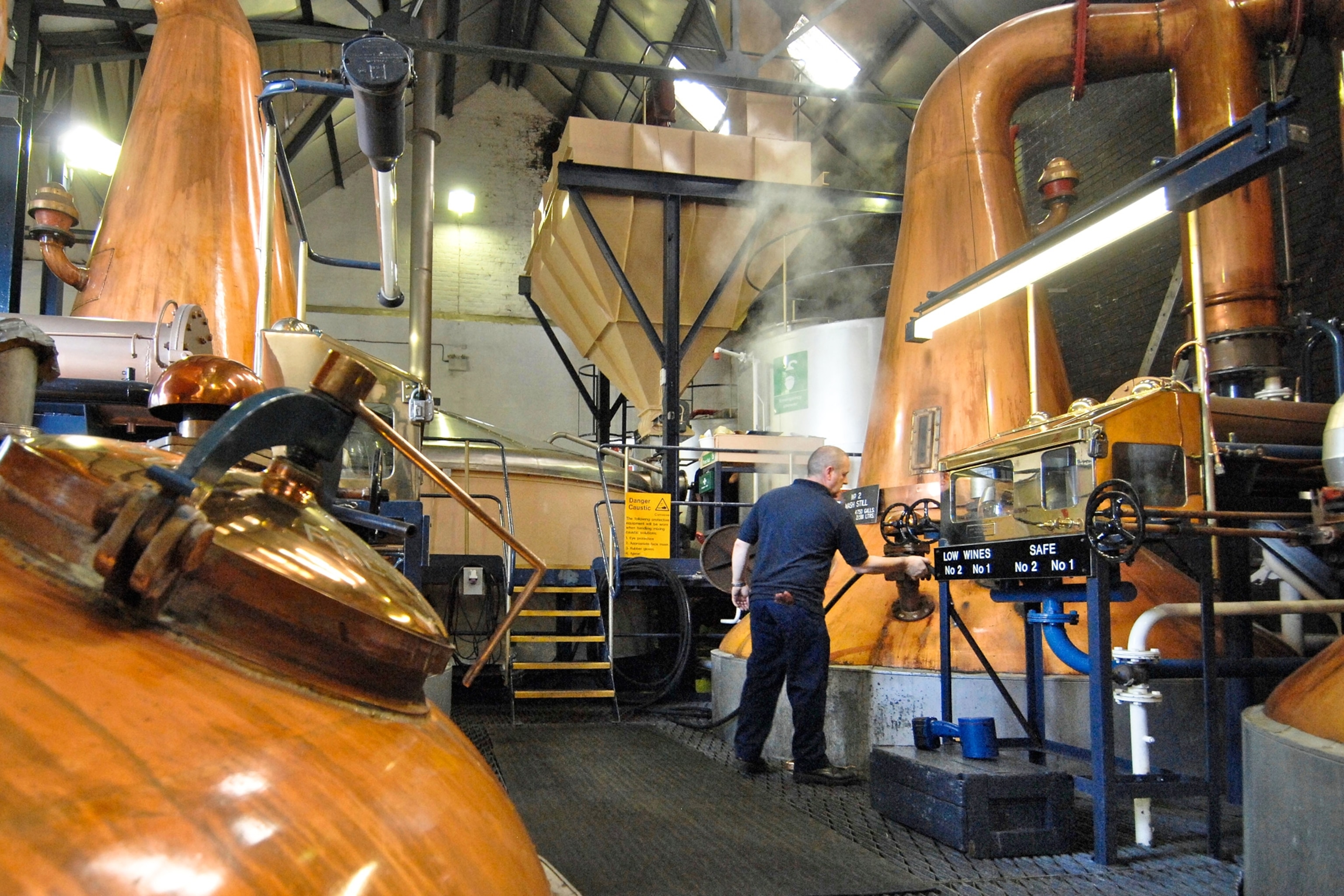
Whisky a Go Go: Can Scotland’s Distillery Waste Boost Biofuels?
Scotland's whisky industry churns out a sobering amount of waste, but it may eventually feed a heady biofuels market if Celtic Renewables' plans succeed.
A Scottish energy start-up aims to prove that cars and booze aren't necessarily a dangerous mix—as long as the hooch is poured into a fuel tank and not down a driver's throat. Edinburgh-based Celtic Renewables is resurrecting a once popular, but almost forgotten, fermentation process that it says can turn the dregs of Scotland's £4 billion ($6 billion) whisky-making industry into many millions of gallons of clean, renewable biofuel.
In a distillery, only 10 percent of what flows out of a still is future whisky. (National Geographic uses the spelling "whiskey" to refer to the spirit in general but "whisky" when referring specifically to Scotch or Canadian whisky.) Most of what remains is draff, the residue of the grains of barley; and pot ale, a copper-laden liquid. Scotland's distillers churn out 1.6 billion liters (422.7 million gallons) of pot ale and 500,000 metric tons of draff annually. Getting rid of all that leftover muck hits manufacturers' bottom lines. "They have a major disposal problem," said Martin Tangney, Celtic Renewables founder and president.
If Celtic Renewables meets its goal of turning a "high percentage" of all that waste into biobutanol, Tangney reckons he can create a £60 million ($90 million) biofuels industry. "One man's waste is another man's gold," he said. Scotch Whisky Association spokeswoman Rosemary Gallagher said the industry is very open to the idea: "We will follow Celtic Renewables' progress with interest." (See quiz: "What You Don't Know About Biofuel.")
Tullibardine, a distillery in Blackford, about 50 miles northwest of Edinburgh, annually produces 2 million liters (528,344 gallons) of pot ale and 6,500 metric tons of draff. Disposing of it costs the company £250,000 ($375,000) a year. Now the distillery is supplying Celtic Renewables with feedstock for an ongoing pilot project that will turn the organic matter into useful industrial alcohols including biobutanol, which supporters say is superior to the world's current most popular biofuel: ethanol. The process, called ABE (for acetone-butanol-ethanol), uses the bacterium Clostridium acetobutylicum.
Old Process, New Application
The first person to isolate and put to use a strain of Clostridium acetobutylicum was Chaim Weizmann, a University of Manchester chemist who later became the first president of Israel. Weizmann, who used a mash-up of maize and potato as feedstock, received a patent for the process in 1915. At the time, the key product from ABE fermentation was acetone, which was used to make munitions during World War I. Later, acetone became a widely needed solvent used to make lacquers, and ABE fermentation—which by then was often using molasses as a feedstock—supported a huge, global chemical industry. But by the 1950s and '60s, the industry had withered amid competition from petrochemicals at a time when petroleum was as cheap and plentiful as water.
Interest in using the process to produce biobutanol resurged in 2005, when American inventor David Ramey proved the alcohol's value by driving an unmodified 1992 Buick Park Royal across the United States on pure biobutanol. Ramey went on to start butylfuel, a company that later merged with Britain's Green Biologics, which makes biobutanol from a variety of feedstocks, including corn, sugar cane, and cellulosic biomass. BP and DuPont in 2006 announced a partnership to produce biobutanol from sugar beets, among other feedstock; that effort was slowed by a patent lawsuit that has been resolved only recently. Shanghai's Cathay Industrial Biotech is making biobutanol from cornstarch, while California's Cobalt Technologies is producing it from cellulosic biomass.
Why all the interest in biobutanol? Its four-carbon molecular structure packs 25 percent more energy by volume than ethanol, and it has a lower flashpoint, so it's easier to store and handle. Like any good whisky, biobutanol can be consumed neat—burned directly in an internal-combustion engine, in lieu of gasoline—though Tangney said it will most likely be blended into gasoline as an additive, as ethanol often is. (See related story: "Drought Withers U.S. Corn Crop, Heats Debate on Ethanol.") But unlike ethanol, biobutanol can be mixed into gasoline at the refinery without any modifications, and it can be blended with diesel and biodiesel. Celtic Renewables' version also avoids a key pitfall of many conventionally produced biofuels: Because it's brewed on biowaste, it does not require additional land and crops that could be used for food. (See related story: "Water Demand for Energy to Double by 2035.")
"Incredibly Different"
A professor of microbiology who is also director of the Biofuel Research Centre at Edinburgh Napier University, Tangney worked for several years in the biotech industry. As interest in biofuels increased, he looked for a good source of raw waste materials that could be used to produce biobutanol without requiring additional production of crops. He realized that the wastes from Scotland's biggest and most iconic industry were the perfect solution because they are renewable and abundant.
If his concept proves workable, it would also help Scotland meet its goal of reducing its national waste stream, which is why Zero Waste Scotland, a government-funded agency, gave Celtic Renewables a £155,000 ($232,500) grant. The company also received a £267,000 ($400,500) Proof of Concept grant from Scottish Enterprise, another government agency. Overall, Tangney said, the company has raised about £750,000 ($1.13 million) from public grants and private investment.
Dennis McPhail, Scottish Enterprise's adviser to Celtic Renewables, said the agency considers the company a particularly good bet. "We thought it was incredibly different. We thought, 'This is quite neat,' " McPhail said. "Martin [Tangney] is a worldwide acclaimed expert in this field."
McPhail also sees the potential to take Celtic Renewables global. Not only could the technology work with the wastes created by the production of other types of whiskeys like those distilled in America, Canada, and Japan, but it could be also applied to wine- and beer-making, as well as to food, and paper-manufacturing wastes. "This is not a one-trick pony technology," McPhail said. (See related: "A Rainforest Advocate Taps the Energy of the Sugar Palm.")
Currently, the company is about halfway through a pilot demonstration that began last fall at the Center for Process Innovation in Teesside, England, with the goal of producing 10,000 liters (2,641 gallons) of biobutanol. The process will also produce two other commercial products: bioacetone, which is used in paints and plastics; and solid waste that can be sold as high-grade animal feed.
Tangney is confident the process can be scaled up to produce a cost-competitive biofuel additive at industrial levels because it's time-tested. "It's not like we're inventing something brand new," he said. If and when the fuel makes it to the pump, its whisky-based provenance might also give it a marketing edge. Just don't expect gas stations to sell it on the rocks.
This story is part of a special series that explores energy issues. For more, visit The Great Energy Challenge.

